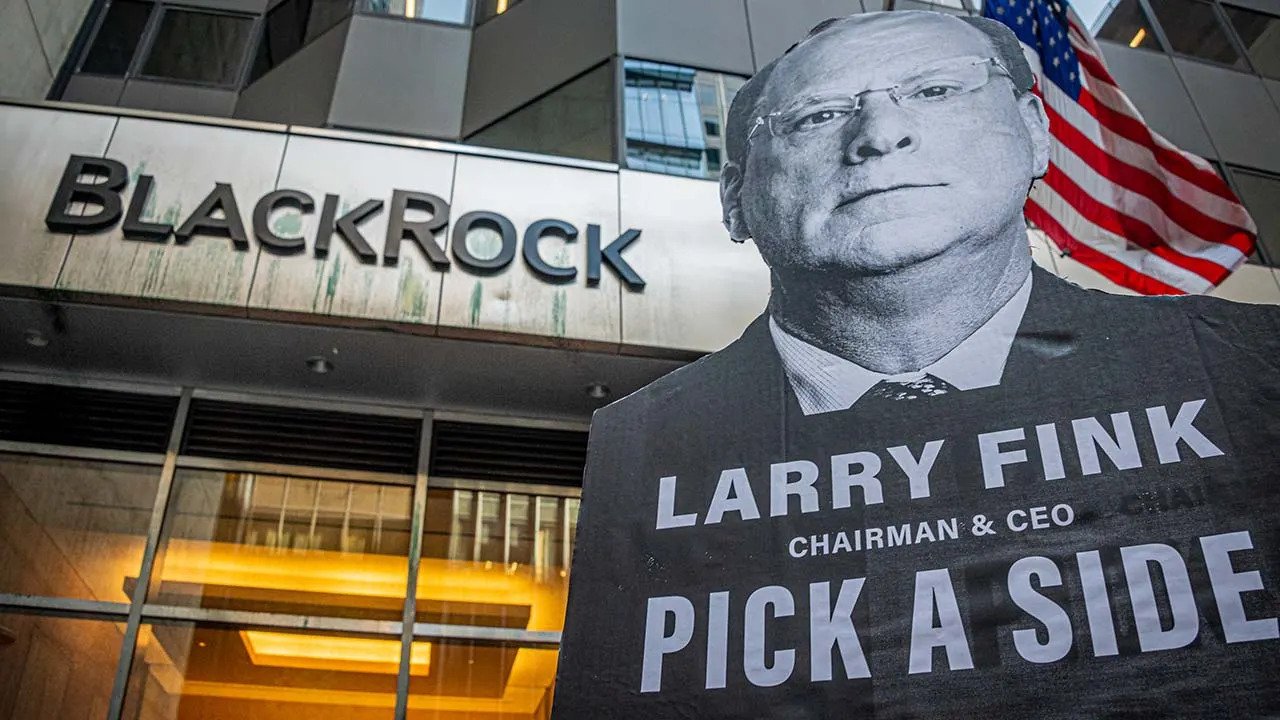Best Investment Strategies & Trends for 2025.
Investment is no longer the exclusive domain of Wall Street elites or seasoned traders. The democratization of finance, fueled by technology, regulatory shifts, and evolving economic conditions, has opened unprecedented opportunities for individuals to build wealth.
Thank you for reading this post, don't forget to subscribe!From fractional shares to decentralized finance (DeFi), the investment landscape is vibrant but complex, demanding both strategic thinking and adaptability.
This article explores the state of investing in 2025, highlighting key trends, asset classes, and actionable strategies to help investors navigate this dynamic environment. With a focus on balancing risk and reward, we’ll cover how to thrive in a world shaped by innovation, sustainability, and global uncertainties.
The Economic Context of 2025
The global economy in 2025 is a blend of opportunity and volatility. Interest rates, hovering around 4-5% in major economies, reflect a stabilization after years of inflationary pressure, but they impact bond yields and borrowing costs.
Equity markets have seen steady growth, with the S&P 500 averaging 7% annual returns over the past three years, though volatility persists due to geopolitical tensions and climate-related disruptions. The gig economy now accounts for 40% of U.S. workers, per 2025 labor data, creating new income streams for investment but also income irregularity.
Cryptocurrencies have solidified their place in mainstream portfolios, with Bitcoin and Ethereum accepted by major institutions. However, regulatory scrutiny is intensifying, with the SEC and global regulators imposing stricter rules on crypto exchanges.
Central bank digital currencies (CBDCs), adopted by over 20 countries, are reshaping transactions and savings.
Meanwhile, climate change is driving up costs—insurance premiums in high-risk areas have risen 25% since 2020—prompting investors to prioritize resilience and sustainability. Against this backdrop, strategic investing is critical to building long-term wealth.
The Rise of Accessible Investing

Technology has leveled the playing field, making 2025 a golden age for retail investors. Platforms like Robinhood, Public, and Fidelity offer commission-free trading and fractional shares, allowing investors to buy into high-value assets like Amazon or real estate for as little as $10.
Mobile apps integrate real-time market data, AI-driven insights, and community-driven tips from platforms like X, where investors share strategies and warnings about market trends.
Key platforms shaping 2025 investing include:
-
Robo-Advisors: Betterment and Wealthfront use algorithms to build diversified portfolios based on risk tolerance and goals, with fees as low as 0.25%. They’ve expanded to include crypto and ESG (Environmental, Social, Governance) options.
-
Social Trading Apps: eToro and Public enable users to mimic trades of successful investors, fostering collaborative wealth-building.
-
DeFi Platforms: Decentralized platforms like Uniswap and Aave allow investors to earn yield or trade tokens without intermediaries, though risks like smart contract failures persist.
Accessibility doesn’t mean simplicity. The average investor must navigate a flood of information, from X posts to financial podcasts, while avoiding hype-driven traps like meme stocks or dubious crypto projects.
Key Asset Classes in 2025
A diversified portfolio remains the bedrock of smart investing. In 2025, the following asset classes dominate:
1. Equities
Stocks remain a cornerstone, with global markets projected to grow 6-8% annually. Tech giants like Apple and Nvidia continue to lead, but sectors like renewable energy and healthcare are gaining traction. Small-cap stocks, often overlooked, offer high growth potential but carry volatility risks.
-
Strategy: Use index funds or ETFs like Vanguard’s VTI for broad market exposure. Allocate 50-60% of your portfolio to equities if you’re under 40, adjusting for risk tolerance.
2. Bonds
With interest rates stabilizing, bonds offer predictable income. Corporate bonds yield 4-5%, while municipal bonds appeal for tax advantages. However, rising rates can depress bond prices, so focus on short- to medium-term maturities.
-
Strategy: Allocate 15-20% to bonds for stability, using platforms like Schwab to compare yields.
3. Cryptocurrencies and DeFi
Crypto assets are in 25% of U.S. portfolios, per a 2025 Pew Research survey. Bitcoin, Ethereum, and stablecoins like USDC are mainstream, while DeFi platforms offer 5-10% yields through staking or liquidity pools. Regulatory risks, including tax reporting mandates, require diligence.
-
Strategy: Limit crypto to 5-10% of your portfolio. Use trusted exchanges like Coinbase and track transactions with CoinTracker for tax compliance.
4. Real Estate
Real estate tokenization allows fractional ownership of properties, with platforms like RealT enabling investments starting at $50. Commercial real estate, particularly in sustainable buildings, is rebounding post-COVID.
-
Strategy: Allocate 10% to real estate via REITs or tokenized assets for diversification without the hassle of direct ownership.
5. ESG and Sustainable Investments
ESG funds, managing $2.5 trillion globally, prioritize companies with strong environmental and social practices. Solar, wind, and green hydrogen companies are top performers, driven by global decarbonization goals.
-
Strategy: Invest in ESG ETFs like iShares’ ESGU, balancing ethics with returns averaging 7% annually.
Investment Strategies for 2025

1. Diversification
Spread investments across asset classes to reduce risk. A sample portfolio for a 35-year-old might include 60% equities, 20% bonds, 10% crypto, and 10% real estate. Rebalance annually to maintain your target allocation, using apps like M1 Finance for automation.
2. Dollar-Cost Averaging
Invest fixed amounts regularly to mitigate market volatility. For example, investing $500 monthly in an S&P 500 ETF over 20 years at a 7% return could grow to $250,000, per historical averages.
3. Tax Optimization
Maximize tax-advantaged accounts like 401(k)s ($24,000 annual limit in 2025) and Roth IRAs. Harvest tax losses by selling underperforming assets to offset gains, a feature automated by robo-advisors like Wealth front.
4. Stay Informed
Follow market trends on X, where real-time discussions highlight emerging opportunities and risks. Cross-check with primary sources like SEC filings or Bloomberg to avoid misinformation.
5. Risk Management
Assess your risk tolerance using tools like Vanguard’s Investor Questionnaire. Younger investors can afford higher-risk assets like small-cap stocks or crypto, while those nearing retirement should prioritize bonds and dividend stocks.
The Role of Technology in Investing
AI and blockchain are transforming how we invest. AI-driven tools analyze thousands of data points to recommend trades, predict market shifts, and optimize portfolios.
For example, TradeRiser’s AI platform offers personalized stock picks with 80% accuracy in backtesting. Blockchain ensures transparency in DeFi and tokenized assets, though security risks like hacks remain a concern.
Key tech trends:
-
Predictive Analytics: Apps like Acorns use AI to round up purchases and invest spare change, building wealth incrementally.
-
Smart Contracts: DeFi platforms automate lending and borrowing, offering higher yields than traditional banks but requiring technical knowledge.
-
Portfolio Tracking: Tools like Personal Capital integrate investments, savings, and crypto into a single dashboard, projecting net worth over decades.
Navigating Risks and Scams
Investing in 2025 comes with heightened risks. Cyberattacks cost investors $12 billion in 2024, per the FTC, with phishing scams and fake crypto projects rampant. Protect yourself by:
-
Securing Accounts: Use two-factor authentication and hardware wallets for crypto.
-
Vetting Opportunities: Research crypto projects on platforms like CoinGecko, checking team credentials and whitepapers.
-
Avoiding Hype: Meme coins and pump-and-dump schemes, often hyped on social media, can lead to significant losses.
If you suspect a scam, report it to the SEC or FTC immediately. Regularly monitor accounts using apps like Credit Karma for unauthorized activity.
Sustainable and Ethical Investing
Sustainability is a driving force, with 60% of investors prioritizing ESG factors, per a 2025 Deloitte survey. Beyond financial returns, investors seek alignment with values like climate action and social equity.
Green bonds, funding renewable energy projects, yield 4-5%, while companies like Tesla and Vestas lead in sustainable innovation.
-
Strategy: Use platforms like Aspiration, which invests only in environmentally friendly assets, or research ESG ratings on Morningstar.
Ethical investing extends to avoiding companies with poor labor practices or fossil fuel reliance. Apps like Good On You help investors align portfolios with personal values.
Retirement and Long-Term Planning
With life expectancies rising, retirement planning is critical. The average American needs $1.5 million for a comfortable retirement, per Fidelity, factoring in healthcare costs averaging $350,000 per couple. Key strategies:
-
Maximize Contributions: Contribute to 401(k)s and IRAs, leveraging employer matches.
-
Diversify Income Streams: Combine pensions, Social Security, and investment income to ensure stability.
-
Plan for Inflation: Invest in TIPS (Treasury Inflation-Protected Securities) to hedge against rising costs.
Use retirement calculators on Empower or Vanguard to project savings needs based on lifestyle goals.
The Gig Economy and Investing
The gig economy fuels investment capital, with freelancers earning $1,200 monthly on average, per Upwork data. Platforms like Fiverr and TaskRabbit support side hustles in AI consulting, content creation, and sustainability advising.
-
Strategy: Invest gig income in low-cost ETFs or crypto to build wealth. Deduct business expenses using QuickBooks to optimize taxes.
The Future of Investing
By 2030, AI advisors may dominate financial planning, offering hyper-personalized strategies for pennies. Tokenized assets, from art to intellectual property, will expand investment options. Climate risks will drive demand for resilient assets, while automation may disrupt job markets, impacting income streams.
To prepare:
-
Embrace Technology: Adopt AI tools and blockchain platforms to stay competitive.
-
Upskill Continuously: Learn about emerging fields like quantum computing or green tech via Coursera to identify investment opportunities.
-
Think Globally: Diversify internationally to hedge against regional economic shifts.
Conclusion
Investing in 2025 is a blend of opportunity and responsibility. Technology has made wealth-building accessible, but success requires diversification, risk management, and staying informed.
By leveraging platforms like robo-advisors, embracing sustainable investing, and preparing for long-term goals, individuals can navigate this transformative landscape. Start small, stay disciplined, and align your investments with both financial goals and personal values to thrive in the years ahead.













